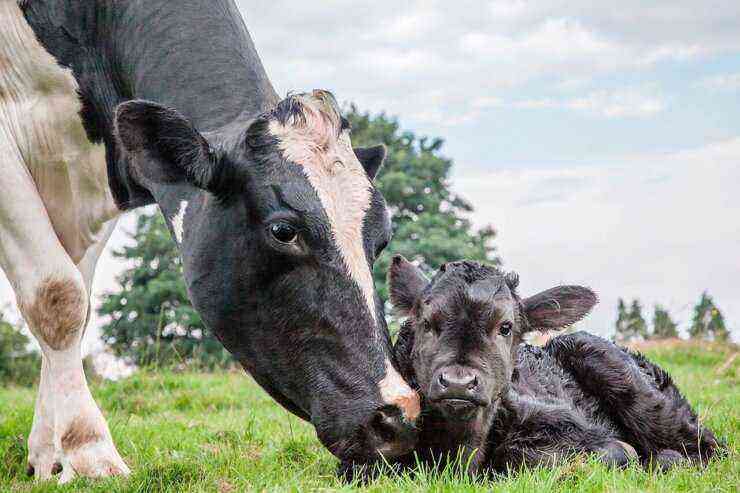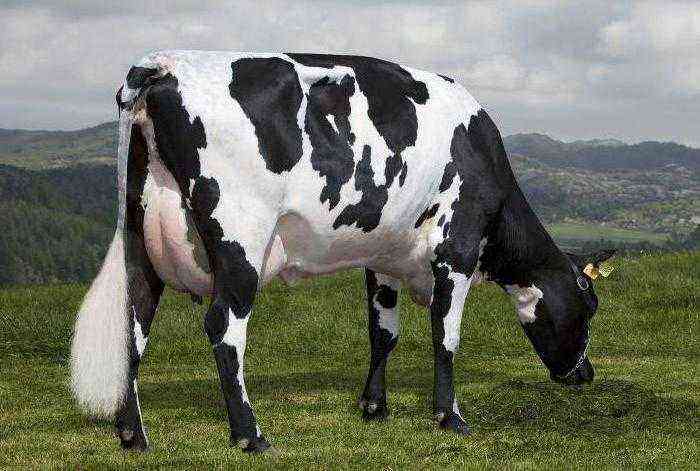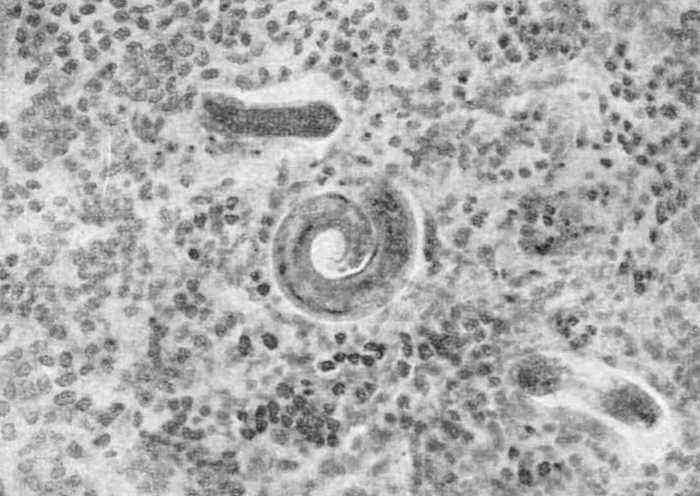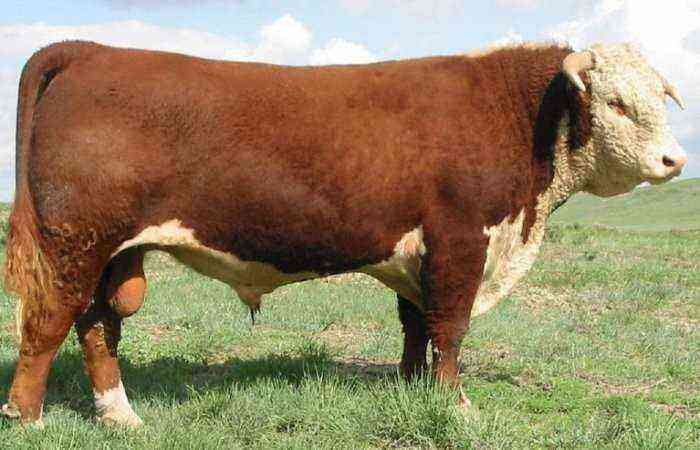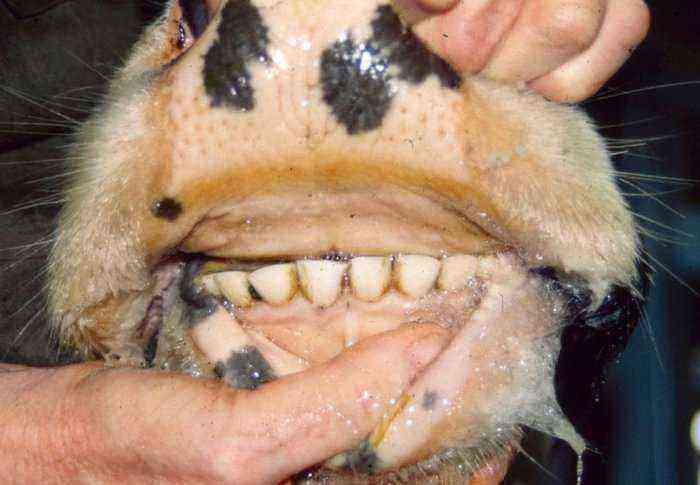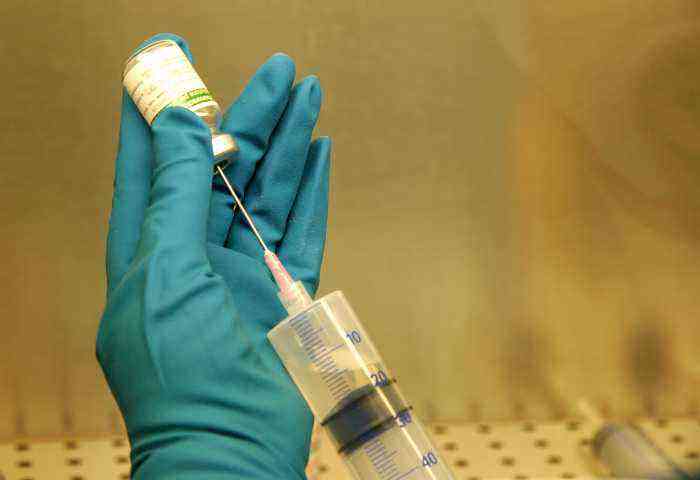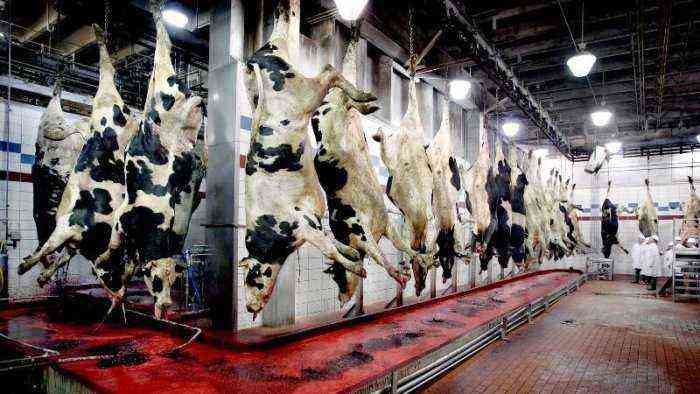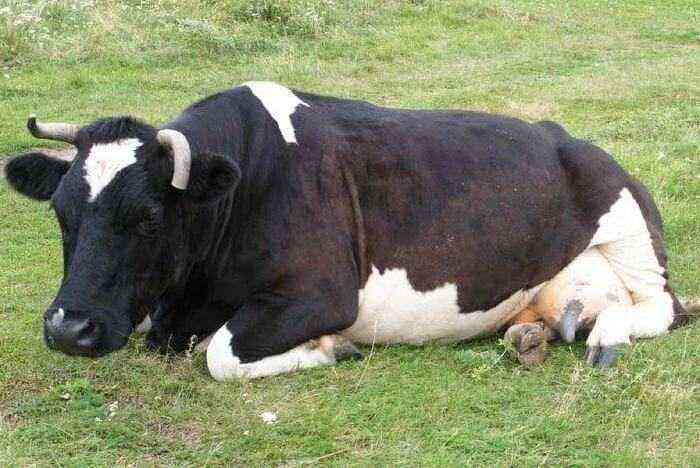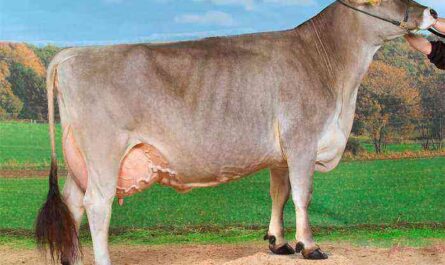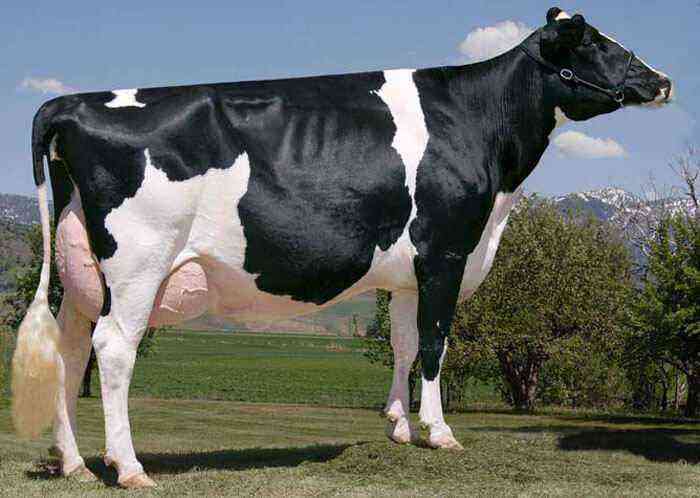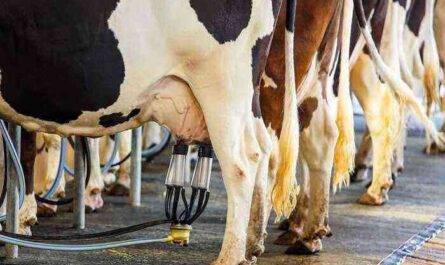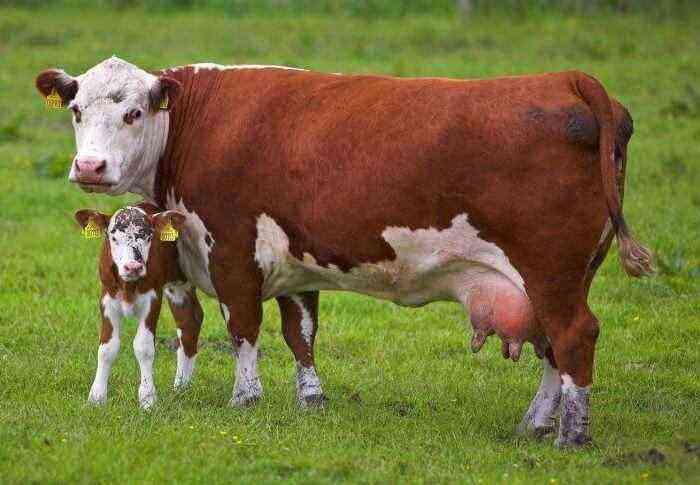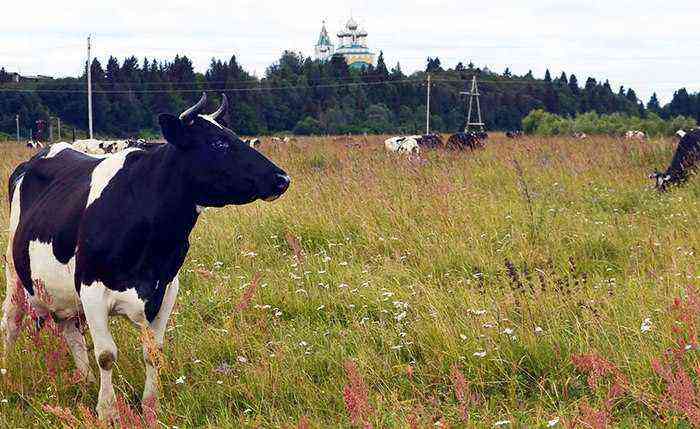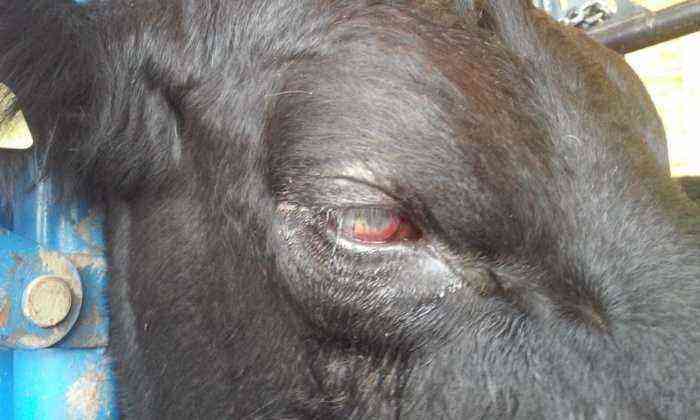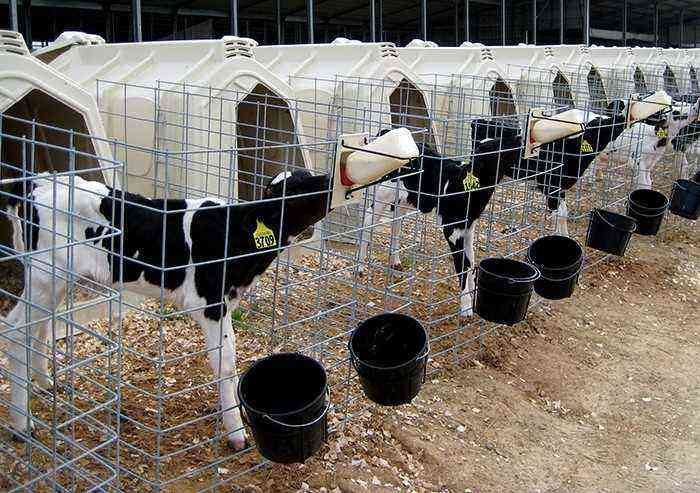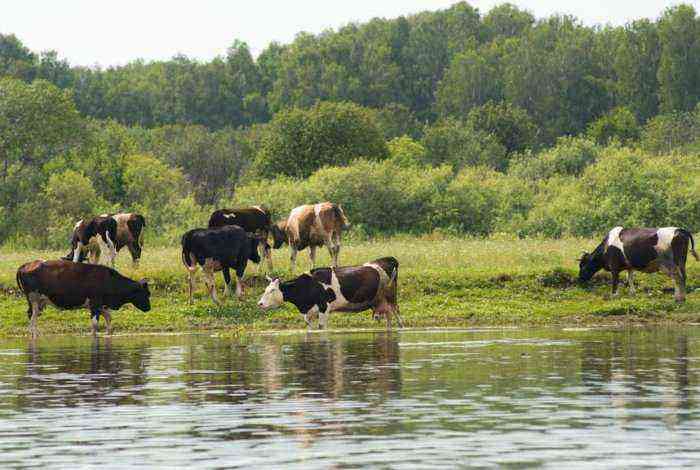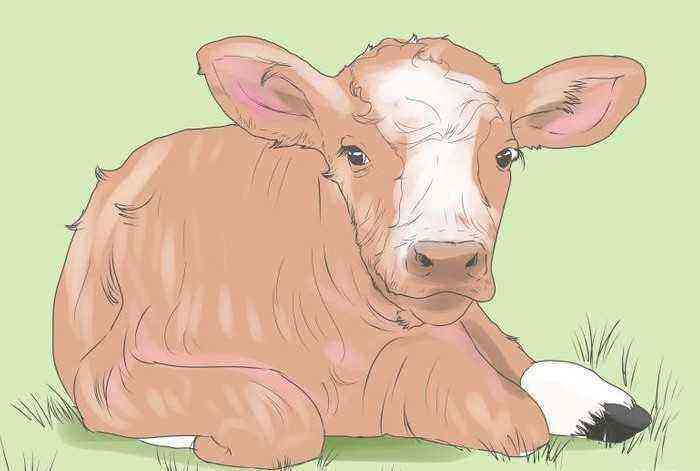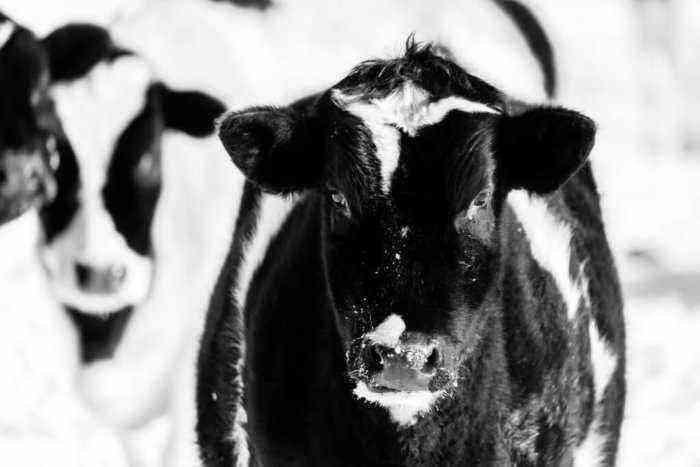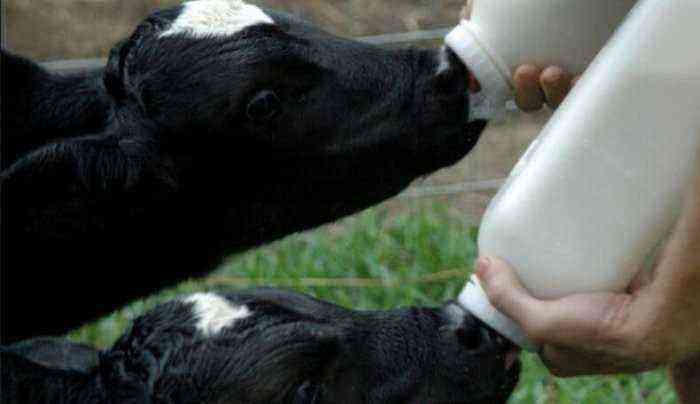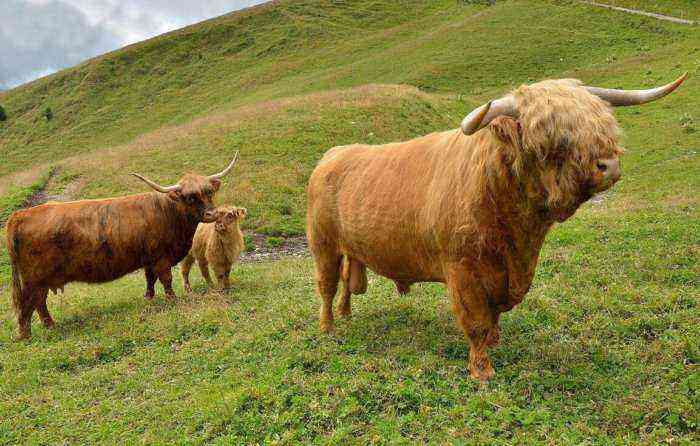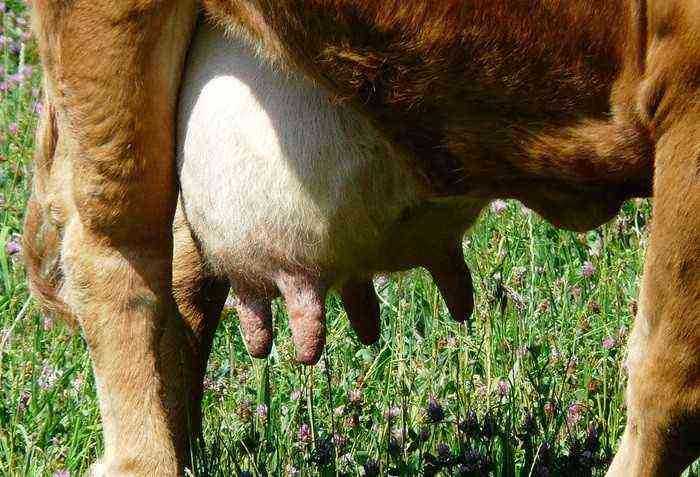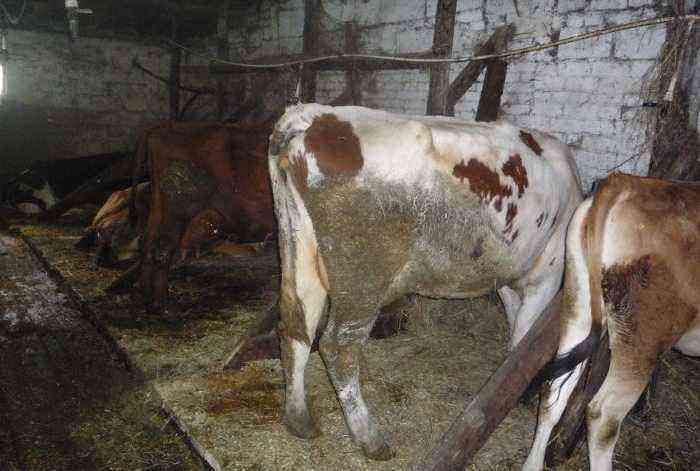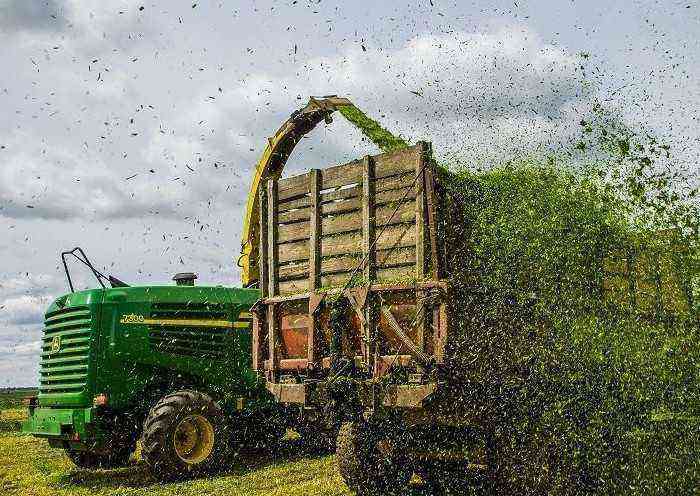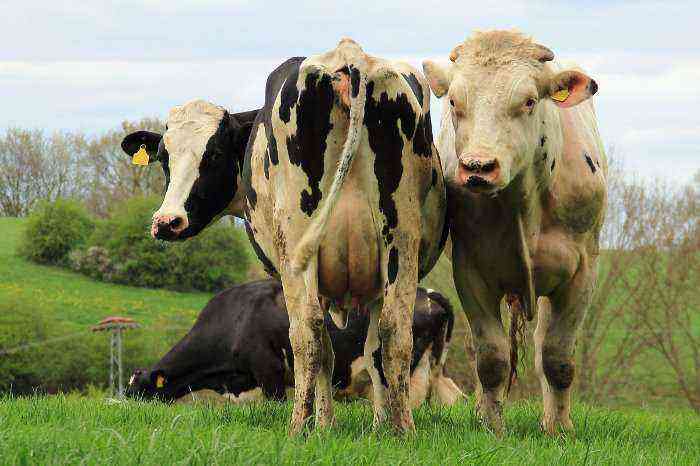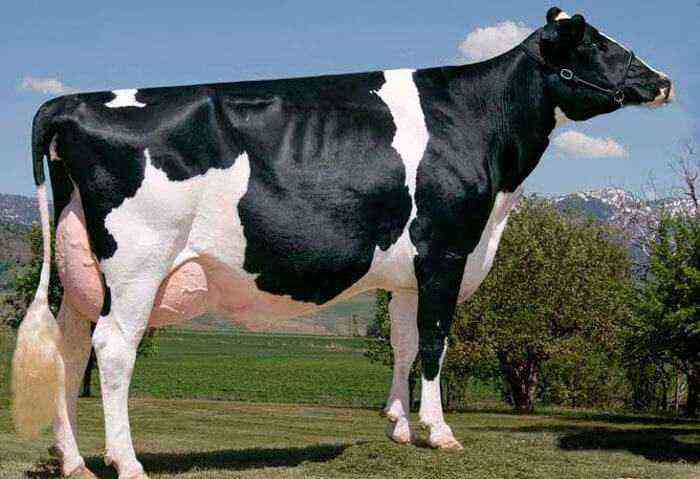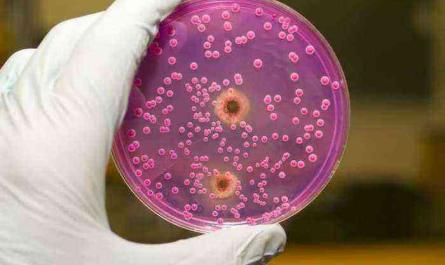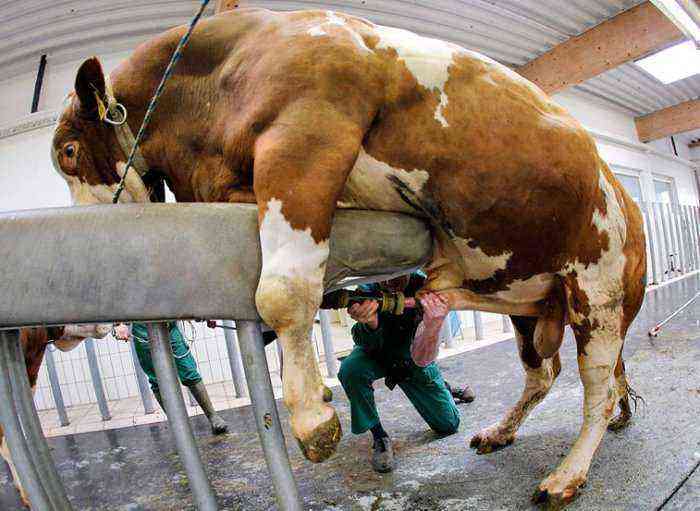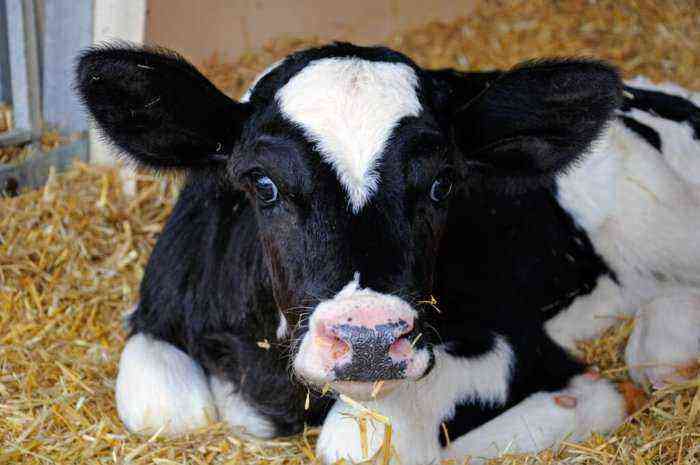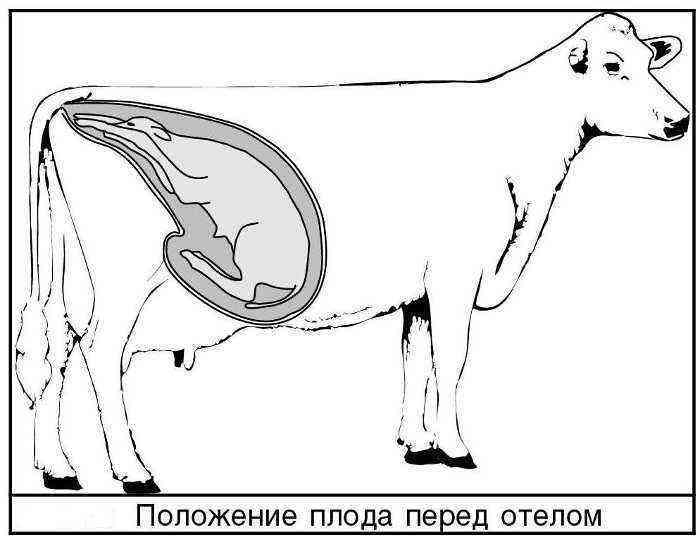Anaplasmas have a negative impact on the function of the mammary glands. Breeders face declining cattle productivity. The reproduction of harmful bacteria can cause the death of individual individuals.
Marginal anaplasma
Anaplasmosis in cattle occurs due to infection of cows with parasites belonging to the genus Anaplasma marginale. After recovery, most animals remain carriers of the infection.
What is the disease?
Anaplasmosis KRS – a blood parasitic disease that is accompanied by anemia, malnutrition and fever. Single-celled bacteria actively multiply in the blood of a sick animal. Cows, sheep and goats suffer from pathology.
Causative agent
Anaplasmosis is caused by intracellular parasites belonging to the Anaplasma marginale group. Ixodid ticks, mosquitoes and horseflies act as intermediate hosts. They infect the victim during the bite. Most often outbreaks of the disease occur in the summer.
The duration of the incubation period depends on the age and health of the animal. The first signs of anaplasmosis can be seen on the 6th day after the penetration of parasites. The danger of the disease is that in some animals it occurs with virtually no symptoms.
The infection is detected by a thorough examination of the cattle. Single-celled bacteria live in colonies and reproduce by division. Several parasites can live in a cow’s erythrocyte at once. Anaplasma penetrate the membrane of blood cells. In the future, they use them as raw materials for the formation of new bacteria.
Important! Parasites can be detected by examining smears using the Romanovsky method. In the plasma of a sick animal there are round dark-colored objects. The size of the largest individuals reaches 2,2 microns.
Insects are carriers of pathogenic microorganisms. The infection is passed on to future offspring. The tick lays eggs that already contain parasites. The causative agent of the disease affects the intestines of the insect.
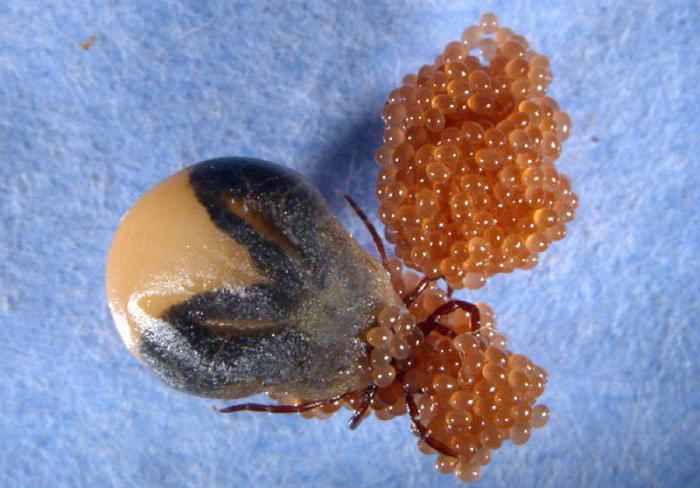
The tick lays eggs
Signs of disease in livestock
Anaplasmosis can be recognized by the following symptoms:
- The penetration of parasites leads to disruption of metabolic processes.
- Animals begin to suffer from oxygen starvation, as the infection affects the red blood cells.
- The cow is deficient in iron. Experts note in sick individuals symptoms of hemoglobinuria, which is accompanied by the breakdown of blood cells.
- The temperature of the animal rises to 41 degrees.
- A sign of infection is a change in the color of the mucous membranes. They take on a yellowish tint.
Pathological changes in the body
Anaplasmosis is evidenced by pallor and yellowness of the skin. The animal not only loses its appetite. The cow becomes lethargic and lethargic. She has trouble breathing. A decrease in the number of red blood cells leads to a failure of the heart rhythm.
A characteristic symptom of anaplasmosis is a violation of the digestive system. Sick cows suffer from watery diarrhea. Cattle are rapidly losing weight and stop producing milk.
Important! The infection is especially dangerous for pregnant women. Parasites significantly increase the risk of abortion. Metabolic disorders lead to the fact that the animal tries to eat inedible objects.
When examining dead individuals, changes in the tissues of the kidneys, liver and spleen can be noticed. Edema is considered a characteristic sign of pathology. They are formed in the subcutaneous layers in the abdomen and neck.
In the process of reproduction, parasites release toxins. The cow’s lymph nodes are enlarged. The acute stage of anaplasmosis lasts about 15-30 days. The disease can go into a chronic stage. In many animals, anaplasmosis occurs in a latent form.
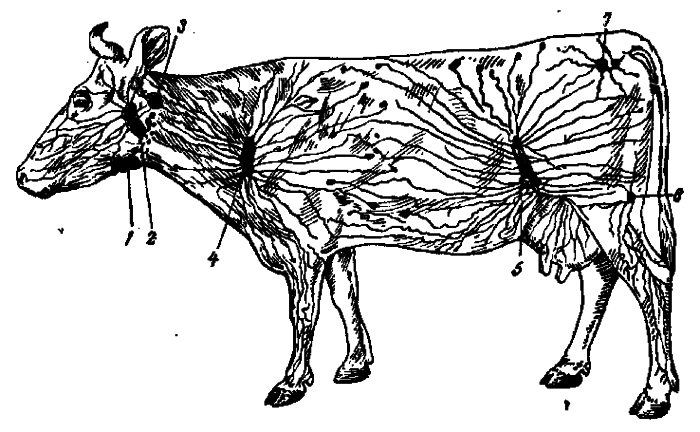
Scheme of the lymph nodes of a cow
Usually, signs of infection occur at the slightest weakening of the immune system. The difficulty in determining the cause of the diagnosis of the disease lies in the fact that the pathology is easily confused with the symptoms of babesiosis or leptospirosis.
To identify the causative agent of the disease, specialists conduct a blood test. Plasma smear according to Romanovsky can determine the type of infection. To clarify the diagnosis, doctors conduct a serological examination. In calving cows, antibodies pass into the milk.
Therapies
Single-celled parasites can be destroyed with tetracycline antibiotics (Terramycin, Oxytetracycline). Do not exceed the dosage indicated in the instructions. A sick animal needs to be administered antibiotics once a day at the rate of 1-6 thousand units per kg of weight. The duration of treatment is 10-4 days.
You can suppress the activity of parasites due to drugs of prolonged action:
- Oxchel;
- Tetradur;
- Oxitetra-200.
They need to be taken 1 time in 3-4 days. Positive results can be achieved with Brovaseptol. The drug should be given to a sick cow 1 time per day. Sulfapyridazine is considered an effective remedy for anaplasmosis. Before use, it must be dissolved in water in a ratio of 1:10. The optimal dose of the drug is 0,05 g/kg.
To combat infection, Biovetin is used in an amount of 10 mg / kg per day. Veterinarians prescribe Brovaseptol to sick animals. Injections of this drug should be administered every 24 hours at 0,1 ml / kg.
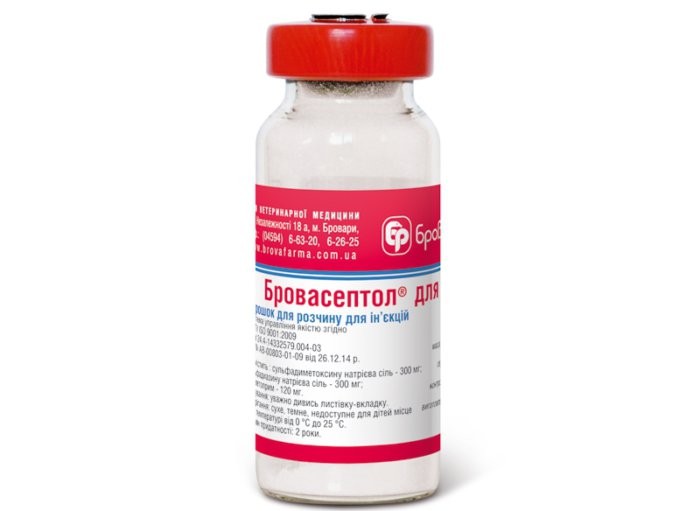
Brovaseptol
The causative agents of anaplasmosis are sensitive to sulfonamides. As a maintenance therapy, it is recommended to use a 4% glucose solution. In the treatment of anaplasmosis, Sulfatrol 20% is used. The recommended dose of the drug is 0,003 g/k. The product is intended for intramuscular injection. You can cope with parasites if you give the animal Ethacridine lactate.
Breeders get rid of parasites due to preparations made on the basis of amidocarb dipropionate:
- Imizol;
- Forrau.
The therapeutic dose of funds is 1,2 mg / kg. After infection, the animal suffers from metabolic disorders. To restore the functioning of the digestive system, you must follow a diet. The cow needs plenty of water. The diet should contain vitamins and minerals.
Prevention
The risk of contracting anaplasmosis can be reduced if the following rules are followed:
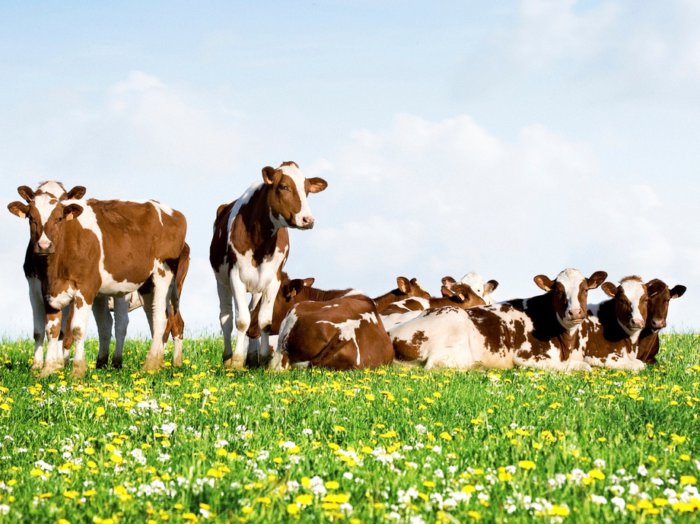
Cows in the pasture
- Monitor the condition of pastures where animals graze.
- All newcomers must be kept in quarantine for 30 days. During this time, they can be examined to make sure that there are no parasites.
- It is possible to prevent outbreaks of anaplasmosis if cows’ wool is treated with acaricidal agents. The procedure should be carried out once a week.
- Sick and healthy individuals must be kept separately.
- Be sure to check for a veterinary certificate when buying cows.
- Breeders need to regularly disinfect the barn.
Important! Manufacturers produce special vaccines designed to develop immunity to anaplasmosis pathogens. In this way, cows can be protected from infection for 10-11 months.
Conclusion
Anaplasmosis leads to a persistent decrease in the productivity of cattle. Even after recovery, many animals remain carriers of a dangerous infection. Infection can be prevented by vaccination. Animal hair must be treated with acaricidal preparations once a week.
